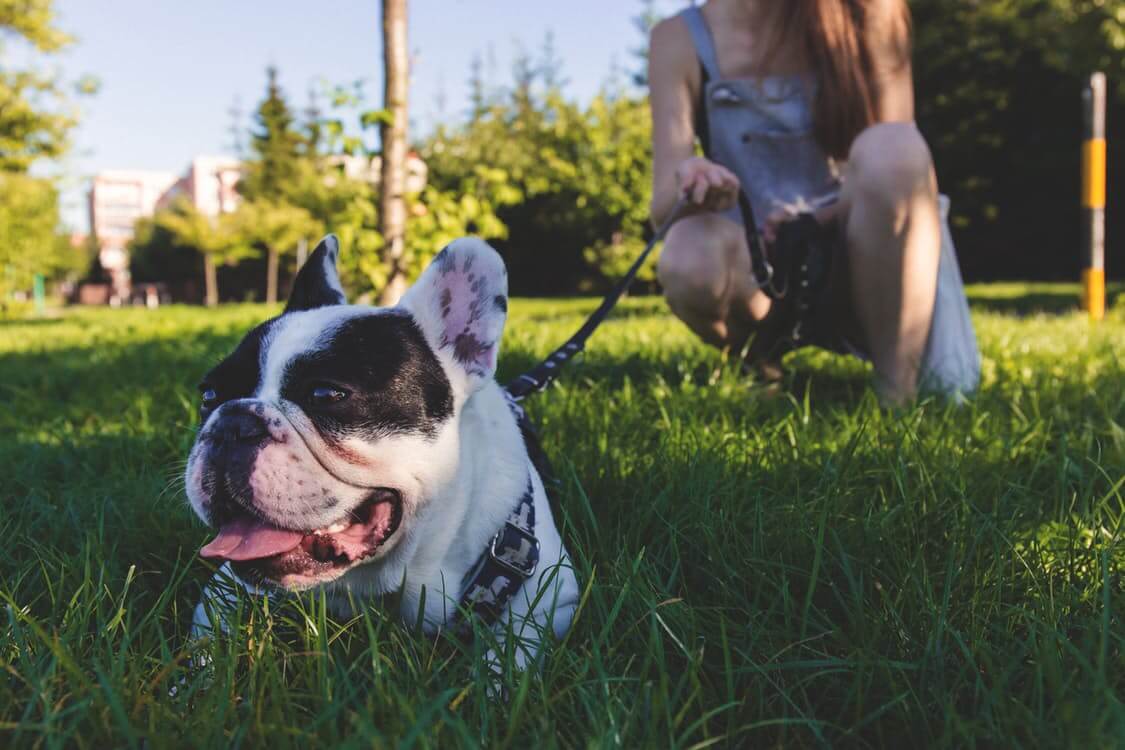How to manage separation anxiety in pets
Do you have to travel for work, or to see family?
There are so many things to consider before you leave your home for a holiday or a convention, or a night out, or…
…and, if you’re leaving a four-legged companion behind, you have some extra considerations.
Imagine if you simply left your young children all alone with no word about where you were disappearing to, or when you’d be back, or who would care for them while you were gone.
No instructions on what to do – or not do – or how to contact you for help if they need it.
You just left, without being sure their needs, questions, and concerns were met.
Not good.
If you do that to your fur-family member, they could experience separation anxiety, triggering bad behavior, and poor health.
But separation anxiety in pets is manageable and avoidable if you take the right approach.
It doesn’t even have to be a trip. It can be a change in your daily routine – like going to the office, then working from home for several weeks, then going back to the office.
Consider that switching up your routines without talking to your pet about it is just like changing your shift rotation and not telling your husband and kids!
Pets, like the human loved ones in your life, deserve to be ‘kept in the loop’.
They’re relying on you, and when you change your patterns and habits with no notice or proper provision for them, they must try to change along with you.
Unfortunately, their coping mechanisms can be more destructive than the ones your family might employ…
Preventing separation anxiety in pets takes thought and care

You are your dog’s entire world… anxiety can affect them much more severely than other more independent minded pets.
And while cats try to sell themselves as aloof and disinterested unless you’ve filled the food dish or cleaned the litterbox, they care about your schedule, too.
You might think that boarding your horse at a farm across town is a better option than your small paddock because of the space to roam and company of other horses…but they’ve become accustomed to a certain daily pattern.
You are part of their herd. Time spent apart from you can be stressful if they don’t know what’s happening or why, or have questions or concerns.
I’m not suggesting that you can never switch things up in your routines, or leave your pet with a sitter or at a kennel…but they need to be told what’s happening, and why.
Download my FREE Ebook Hidden Secrets to Communicating with Animals – just click on the picture below!
Treat your pet like someone who deserves to know what you know
Separation anxiety in pets arises when your pet feels like they’ve been left in the dark. So, before you make any change to your schedule – permanent or temporary – be sure to give them the details.
That means, you have to tell them:
- What to expect
- When things will happen
- Who’s involved
- What you need from them
- How you want them to behave
- How long you’ll be gone or how long this change will last
- Whether they’ll be in a kennel or cared for in their home
- When you’re coming back
Giving your pet the courtesy of an explanation about how their environment or patterns are going to change will prevent separation anxiety…and the side effects.
Is your pet suffering from the stress of separation anxiety?
If you have a good rapport with your pet, they’ll be settled and content as you prepare for the change in your routines.
But, if you haven’t taken the time to communicate with them about your shared experiences, they’ll exhibit some very clear signs that they’re anticipating something bad to happen.

1. Panting, zoomies, peeing in all the wrong places.
Dogs will cool themselves after a good workout by panting. And the zoomies can be a sign that your pet is feeling happy and carefree.
But are they panting constantly, even though your home is a comfortable temperature?
Are they ricocheting off the walls and furniture…everytime you come into the room?
Have they thrown up their food by the door, or chosen a new bathroom that isn’t the litterbox or yard? Maybe your closet, your pillow, or behind the sofa?
Many of these behaviors can be signs of an underlying medical condition, like potential heart failure or an infection.
Consult the best veterinarian near you if things like bladder control or vomiting are a problem. Here’s a directory of great veterinarians that might prove useful to you in your search.
But then take a big step back and evaluate what your pet might be trying to tell you if you’re in the middle of a big life change.
2. Going full mannequin.
Resist the urge to think, “Wow, I can’t believe the dog has been laying still for so long. It’s great that they’re so disciplined.”
If you’re trying to identify separation anxiety in pets, complete stillness isn’t necessarily a sign of calm…
It could be that your pet has ‘shut down’ and is frozen because of their anxiety.
They’re trying to reboot themselves. Their seemingly good posture and attentiveness can be a sign that they’re feeling extremely scared. They aren’t sure how to cope with their fear.
Like a deer in the headlights, they’re trying to process the situation and don’t want to move until they’ve got a plan of action.
3. Going full Tasmanian devil.
Your anxious pet is feeling left out and, rather than retreating, they go on the offensive in an effort to get your attention.
They suddenly start to shred the furniture, steal food off the kitchen counter, randomly bark at people walking by the house.
You’re preoccupied with the changes in your life, and this kind of bad behavior can lead you to conclude that you suddenly have a bad pet.
The anger you start to feel simply creates a negative feedback loop.
Your pet was already anxious, and now their human is angry…it’s a downward negative spiral into a nasty rabbit hole that can be difficult to climb out of.
Learning how to effectively communicate with animals can ease their stress…and yours
There’s no need for either of you to feel anxious about time spent apart.
Dogs, especially, are highly social pack animals. If you’ve found a good boarding place or day care for them to spend their time while you work or are gone on holiday, they’ll leap out of your car to race into the kennel.
And when you come back to get them they’ll be equally delighted to greet you and leap back into your car with equal enthusiasm and trust to go home again.
No matter whether it’s your dog, cat, horse or bird, the key is communication.
It doesn’t take long for a pet to become highly attuned to your sense of well-being. And… while it might seem misguided, they genuinely want to ease your stress and pain.
They’re hoping you’ll pick up on the signals they send when they’re feeling anxious or suffering, too.
Word to the wise: Don’t disappoint them when they need you the most.
Whether you consult a pet communicator, invest time learning how to talk to animals yourself, or simply make an effort to read your pet’s signals with more intention, you’ll have a richer relationship.
.
Did you enjoy this article? Here are three more you may find interesting:
Are You Listening To The Dog Signals You’re Being Sent?
Are Animals Healers? The Healing Power of A Cat’s Purr
11 of the 27 Brilliant Reasons to Learn Animal Communication






I really enjoy your articles. Keep them coming!